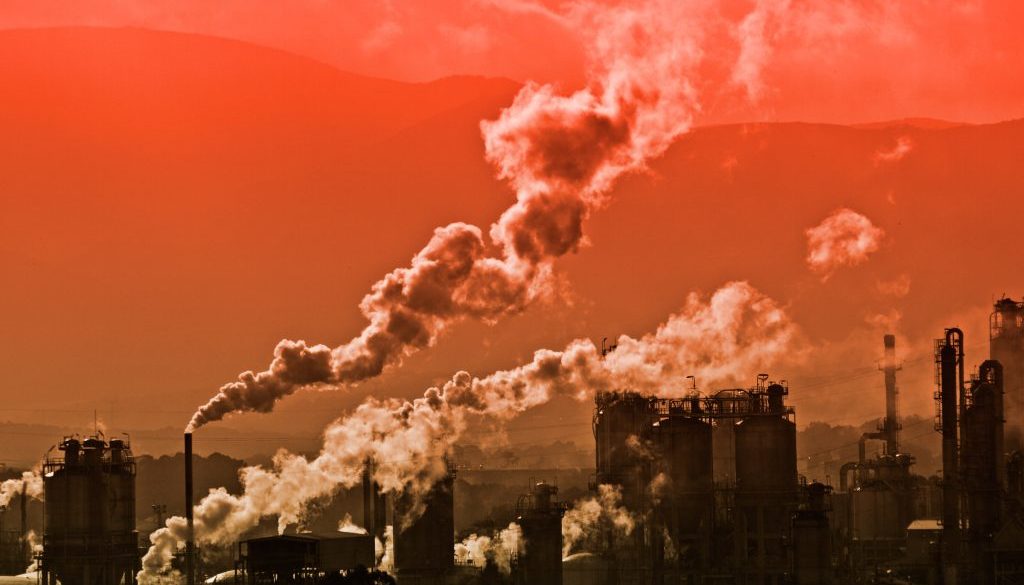EPA Must Keep Communities Safe From Ethylene Oxide Cancer Risks
By Genna Reed, Union of Concerned Scientists
This morning, I found myself back at EPA headquarters in downtown Washington, DC, asking EPA a second time to do something that should be obvious: listen to its own scientists and use the best available science to protect communities from hazardous air pollution.
While it should be straightforward for EPA to turn to its own science to support its decisions, the chemical industry has been on the offensive, attempting to discredit the EPA’s 2016 Integrated Risk Information System (IRIS) risk value for ethylene oxide and pushing the agency to use alternative science. In the proposed rule issued in November, the EPA announced intentions to require a subset of chemical-producing facilities to reduce emissions, but also suggested using a significantly less protective risk value (3,500 weaker to be exact), developed by the notoriously industry-friendlyTexas Commission on Environmental Quality. But, under the Clean Air Act, the EPA is required to set emissions standards to eliminate unacceptable risks and protect the public with an ample margin of safety, not to cater to industry demands to continue with business as usual.
During the hearing, a representative from the Society of Chemical Manufacturers and Affiliates (SOCMA) opposed the use of EPA’s IRIS value and asked that the EPA take action to address the “confusion” that exists within communities about the risks they face related to ethylene oxide. Actually, there’s nothing confusing about the very real risks associated with ethylene oxide exposure, including multiple types of cancer, that government science has confirmed time and time again. This idea that communities are just confused about the health risks associated with chemical exposure is unfounded and straight-up offensive. It’s also very clear that the chemical burden is not distributed equally or fairly, as Stephanie Herron from the Environmental Justice Health Alliance stated in her comment. Ethylene oxide and other hazardous air pollutants pose significant environmental justice concerns, as exposure disproportionately burdens communities of color and low-income communities.
At a hearing in Houston, TX earlier this week, executive director of the Texas Environmental Justice Advocacy Services (t.e.j.a.s.) Juan Parras stated, “We cannot applaud EPA for doing the bare minimum, because the agency is not even doing what it knows is needed to protect people’s health, based on the best available science…EPA also cannot avoid ensuring that facilities use up-to-date pollution controls, and practices, including real-time fenceline monitoring, to protect public health. People in Texas deserve the strongest protection available for our health.”
It’s time for EPA to listen to the voices of the communities who are calling for change. The agency must step in and use its powers under the Clean Air Act, informed by the best available science, to protect them from unacceptable cancer risks.

